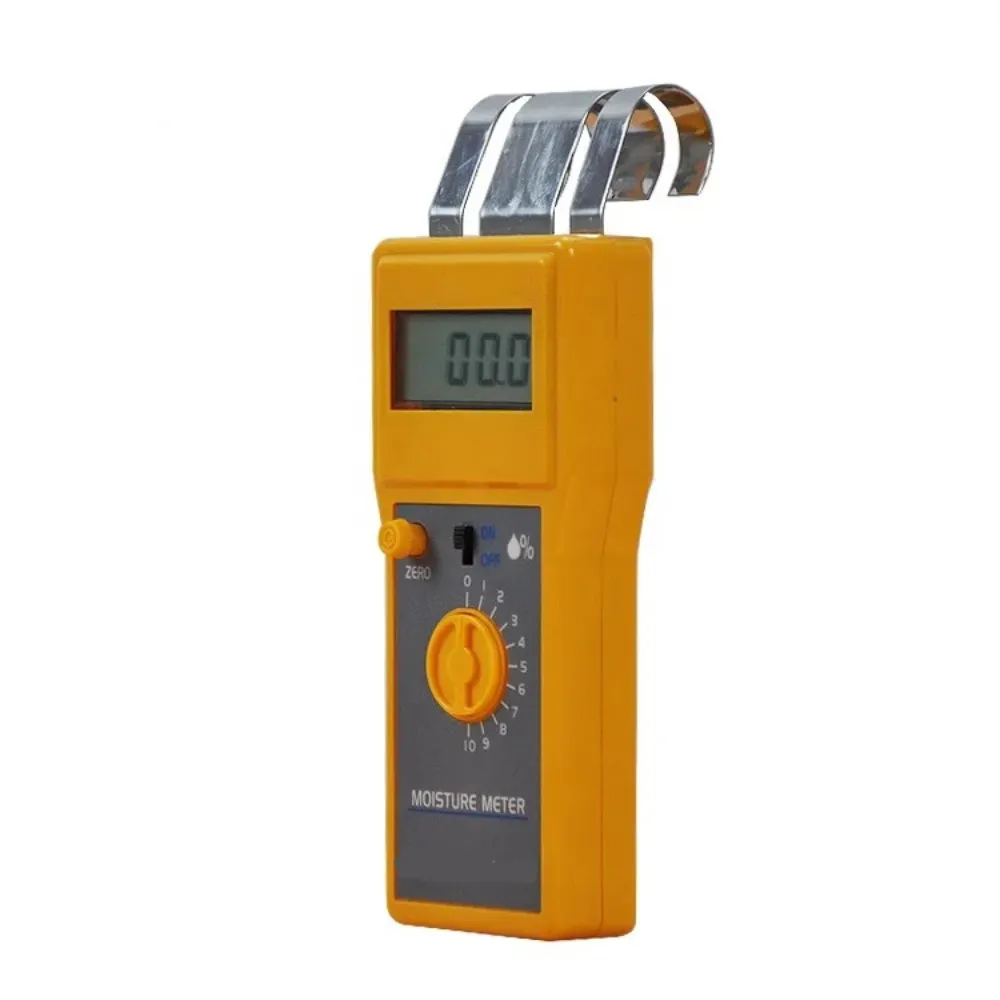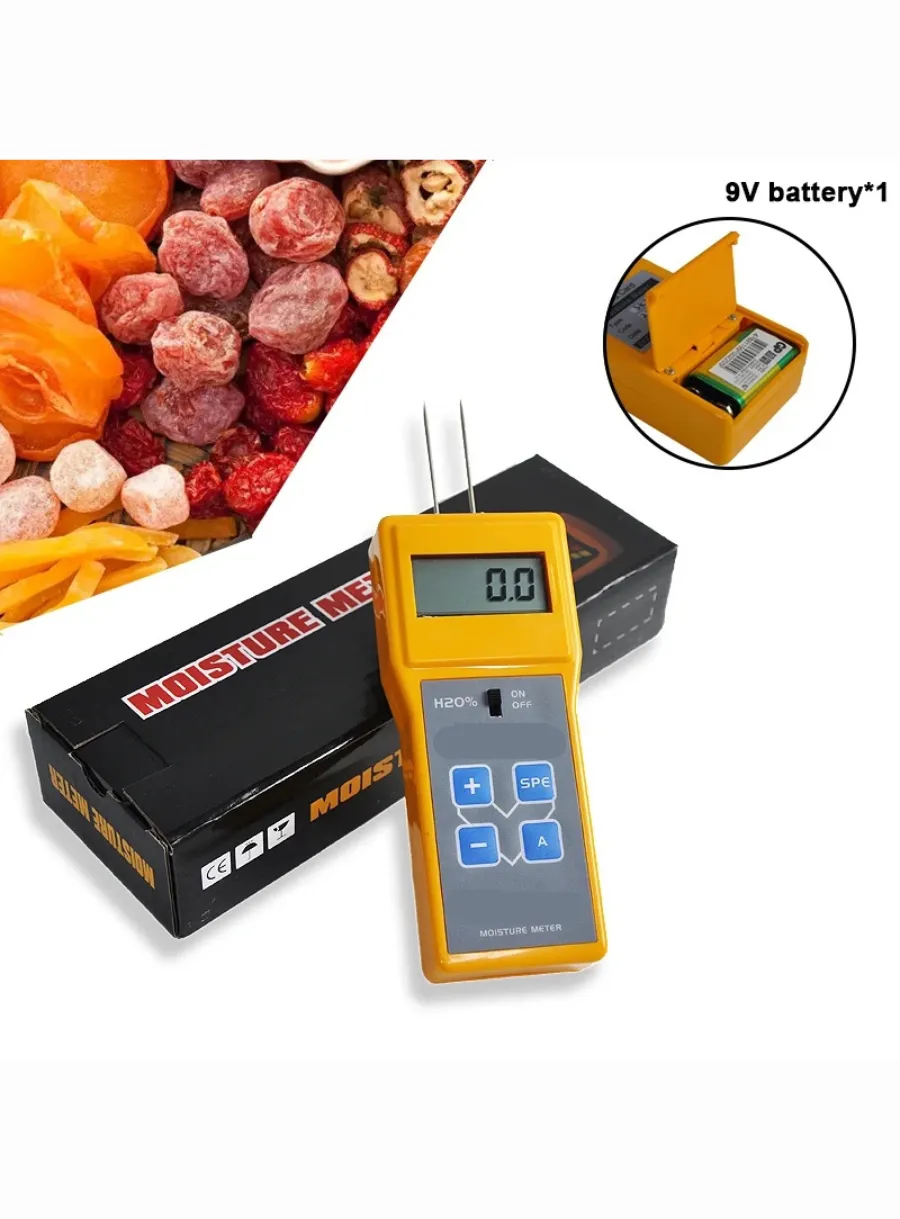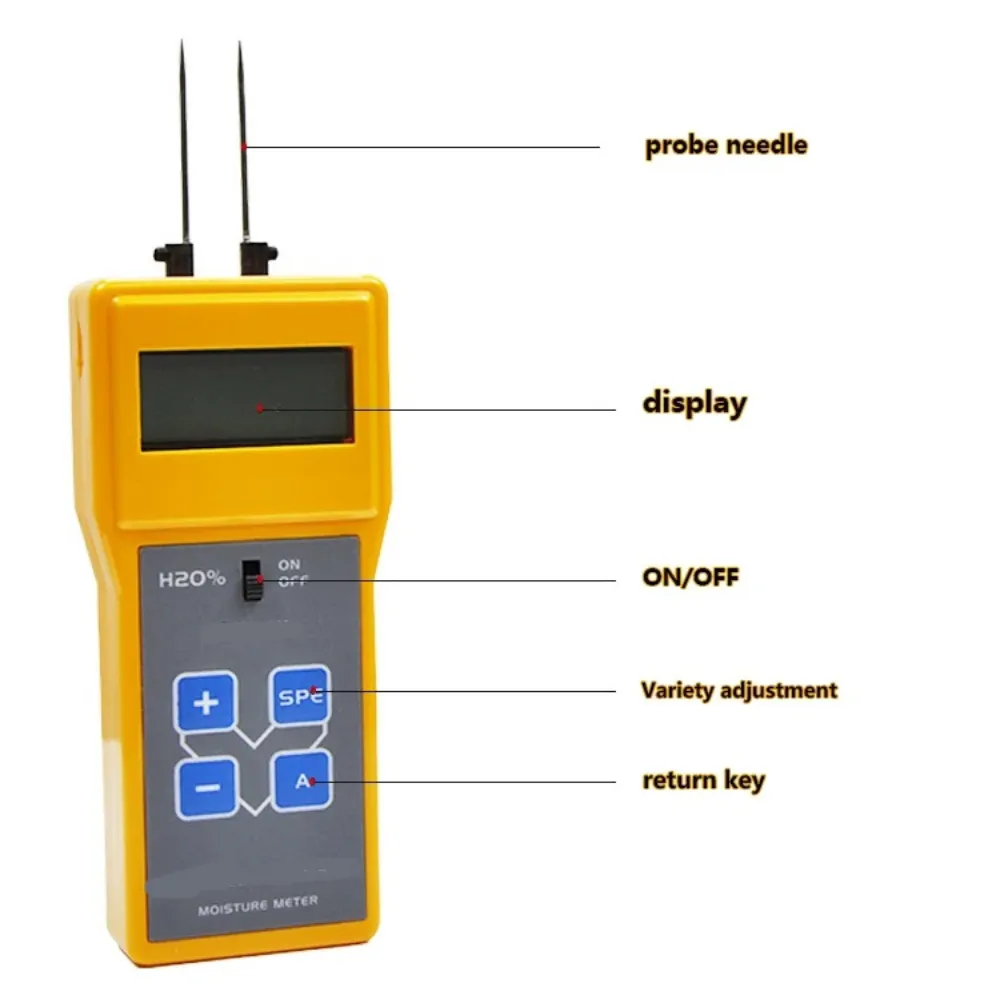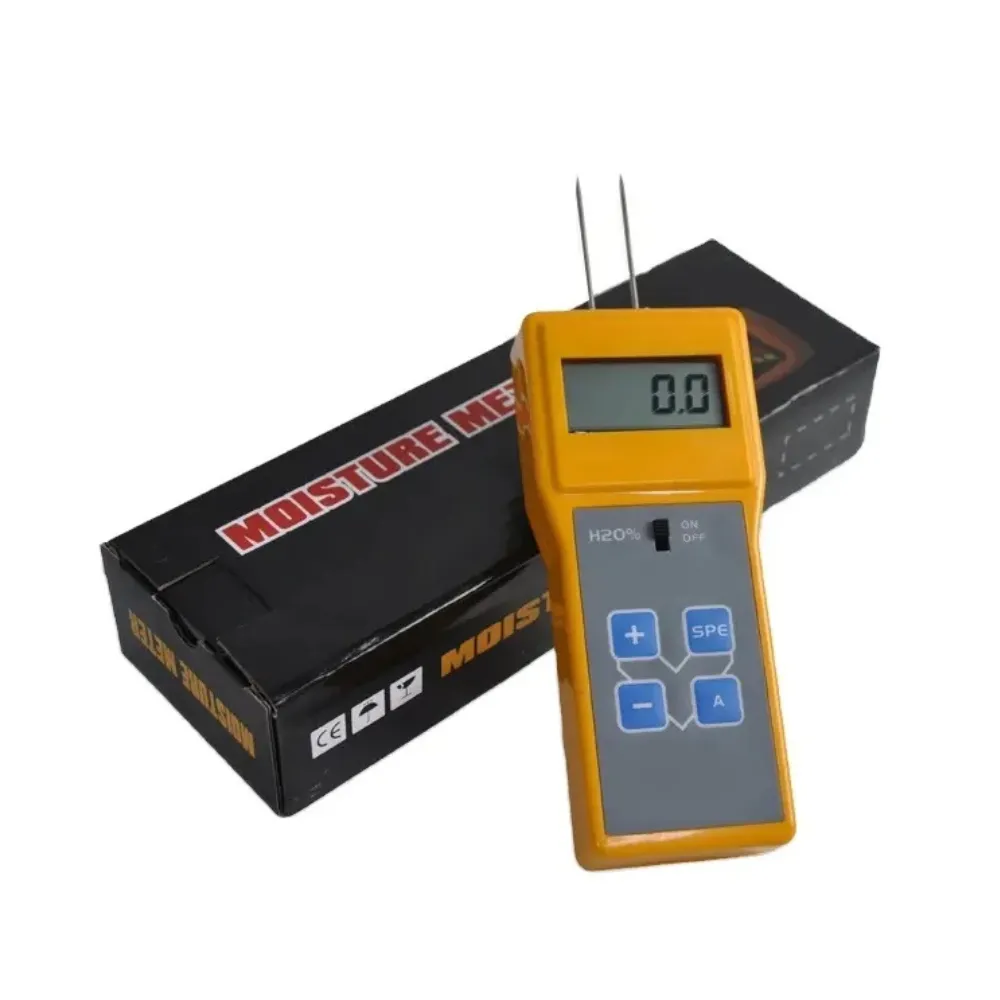
How Moisture Meters for Freeze Dried Food Work?
Table of Contents
Moisture Meters for Freeze Dried Food utilize various methods to gauge moisture content, including:
Electrical Resistance Method
One common technique is based on electrical resistance. Moisture Meters for Freeze Dried Food measure the electrical conductivity of the material, which varies with its moisture content. When moisture is present, the conductivity increases, allowing the meter to estimate the water percentage in the sample. This method is particularly useful for organic materials like wood and food products, ensuring they maintain an optimal moisture level for quality.
Dielectric Constant Method
Another method involves measuring the dielectric constant of the material. This property reflects how well a substance can store electrical energy, which is influenced by moisture levels. By applying a radio frequency to the material, the meter can derive moisture content based on changes in the dielectric constant.

There are primarily two types of Moisture Meters for Freeze Dried Food used in various applications:
Display and Interpretation of Readings
Most Moisture Meters for Freeze Dried Food feature large displays that show moisture values as percentages. Readings are often color-coded to indicate moisture levels, with green suggesting low moisture presence and red indicating excessive moisture. It’s crucial to establish baseline readings with a dry sample for accurate interpretation, as moisture meter readings are relative and may not reflect actual moisture content levels.

Comments
Tags
Frequently Asked Question
Moisture Meters for Freeze Dried Food measure moisture content indirectly by assessing specific properties of the material, such as electrical resistance or dielectric constant, which change with moisture levels.
The electrical resistance method measures the electrical conductivity of the material, which increases with moisture content. This allows the meter to estimate the water percentage in the sample.
The dielectric constant method applies a radio frequency to the material and measures changes in its ability to store electrical energy, which is influenced by moisture levels.
Readings are typically displayed as percentages on large screens, often with color-coding (e.g., green for low moisture, red for excessive moisture) to aid interpretation. However, it’s important to establish baseline readings with dry samples for accurate interpretation.


